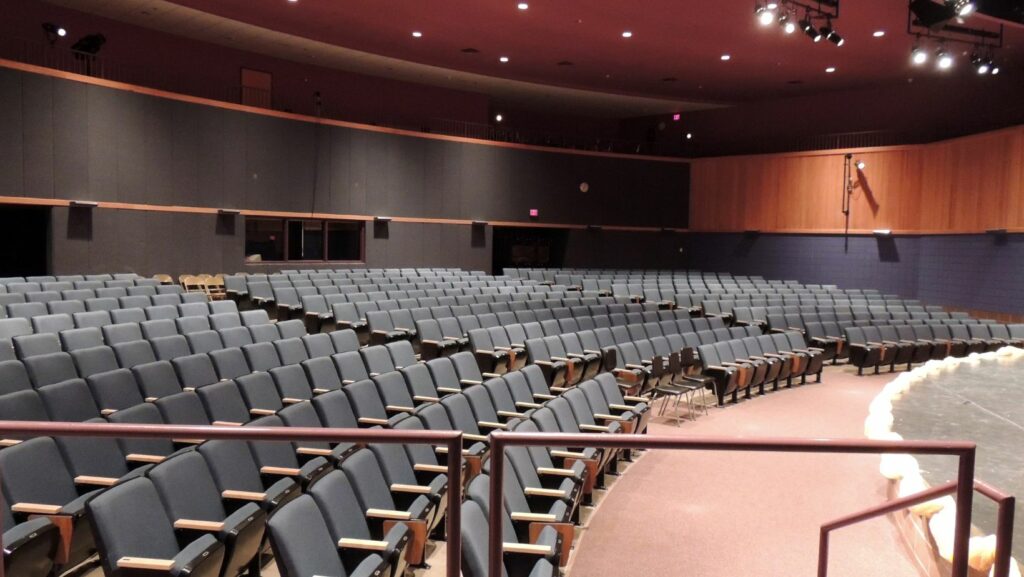In a world where creativity fuels innovation, visual arts classes offer a vital platform for students to express themselves and explore their artistic potential. These classes go beyond traditional learning, providing a space where imagination meets technique. Whether it’s painting, sculpture, or digital art, students find a medium to communicate their unique perspectives.
Students learn to appreciate diverse viewpoints and develop empathy, skills essential in today’s interconnected world. Embracing the visual arts can transform education, empowering students to become the innovators of tomorrow.
Visual Arts Class
In a visual arts class, students dive into a world of creativity and imagination. They engage in varied activities like sketching, painting, and sculpture, which allow them to experiment with different materials and techniques. Through this hands-on experience, they develop a practical understanding of visual composition and design principles.
 Classes often incorporate art history to provide context, helping students appreciate diverse artistic traditions and movements. Whether exploring Renaissance paintings or contemporary digital art, students gain insights into cultural dynamics and artistic evolutions.
Classes often incorporate art history to provide context, helping students appreciate diverse artistic traditions and movements. Whether exploring Renaissance paintings or contemporary digital art, students gain insights into cultural dynamics and artistic evolutions.
Technological integration enriches the learning experience, offering students access to digital tools that expand their creative boundaries. From graphic design software to animation programs, technology serves as a bridge between traditional and modern practices.
Curriculum and Structure
Visual arts classes offer a structured curriculum that integrates various art disciplines. Through practical and theoretical components, students acquire artistic skills and a comprehensive understanding of the arts’ cultural significance.
Focused Disciplines
Schools often structure visual arts classes around specific art areas like painting, drawing, sculpture, and digital media. Painting involves exploring different media such as watercolor and acrylics. Drawing encompasses techniques from sketching to detailed rendering. Sculpture focuses on materials like clay and metal, promoting spatial awareness. Digital media covers graphic design and digital illustration, equipping students with 21st-century skills.
Class Format and Duration
Classes typically feature a blend of lectures and hands-on activities. Standard sessions last 45 to 90 minutes. Schools may diversify formats with weekly classes or workshops, allowing for in-depth exploration. These varied formats offer students flexibility and an enriching learning environment, adapting to their developmental needs.
Learning Outcomes
Visual arts classes cultivate a range of skills, enhancing students’ creative and analytical abilities through structured activities and guided exploration.
 Skill Development
Skill Development
Visual arts classes nurture essential skills in students, focusing on technical proficiency and conceptual understanding. Students learn foundational techniques like drawing and painting, helping them translate ideas into tangible forms.
They gain expertise in using a variety of materials, from traditional mediums like charcoal and acrylics to contemporary digital tools. This exposure prepares students for diverse creative pursuits, fostering versatility in their artistic expression.
Creative Thinking and Expression
Classes in visual arts promote creative thinking and expression by challenging students to explore innovative concepts and articulate unique perspectives. Through assignments that encourage experimentation and risk-taking, students develop their artistic voice.
Analyzing and critiquing art further enhances their ability to communicate complex ideas visually. This process not only bolsters individual creativity but also equips students with the confidence to present and share their work in collaborative settings.
Benefits of Taking a Visual Arts Class
Taking a visual arts class offers numerous advantages that extend beyond artistic skills. Students cultivate creativity by engaging with various techniques and materials. This process encourages innovative thinking and problem-solving, skills applicable across diverse fields.
Visual arts classes enhance emotional intelligence as students learn to express emotions through art. This form of self-expression often leads to increased self-awareness and confidence. Additionally, analyzing and interpreting artworks hones critical thinking, improving observation and assessment abilities.
 Effective communication skills develop as students articulate artistic concepts and present their work. This experience is invaluable in professional settings, where clear communication is essential. Collaborative projects further foster teamwork, as students respect diverse perspectives and work together towards a shared vision.
Effective communication skills develop as students articulate artistic concepts and present their work. This experience is invaluable in professional settings, where clear communication is essential. Collaborative projects further foster teamwork, as students respect diverse perspectives and work together towards a shared vision.
Exposure to art history and cultural contexts enriches cultural literacy. Understanding different artistic traditions broadens students’ perspectives and fosters appreciation for global cultures. This cultural awareness prepares students for global interactions and diverse environments.
Overall, the benefits of participating in a visual arts class extend to personal growth, career skills, and cultural understanding, making it an essential component of a well-rounded education.



